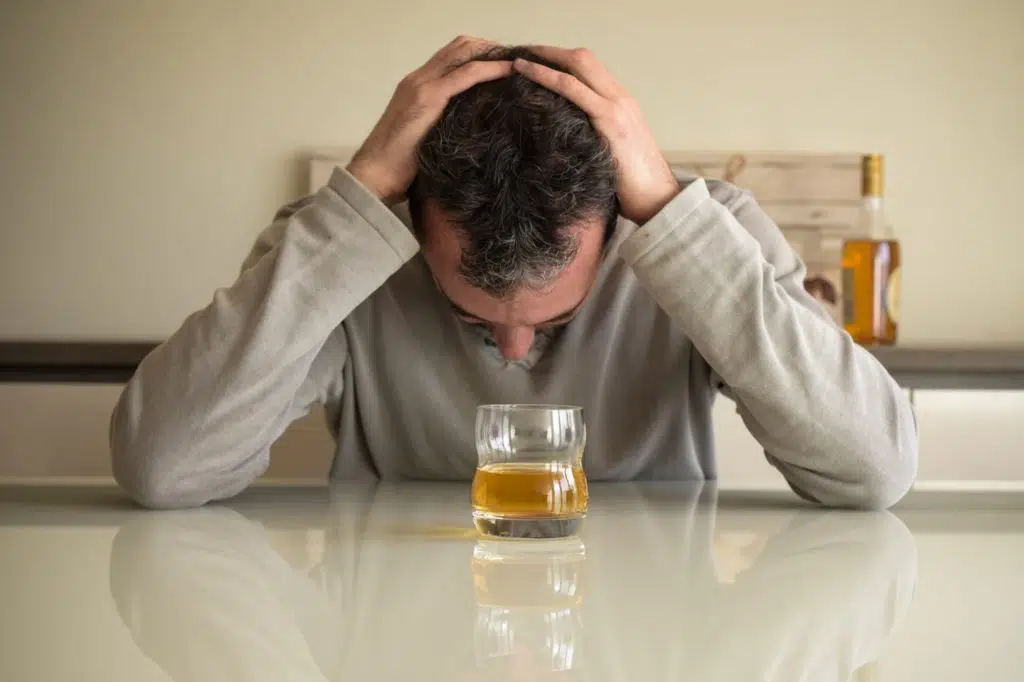Many who experiment with illegal drugs often neglect to think of the potential consequences of their actions. Unfortunately, a large number of those who begin with what seems to be harmless experimentation soon find themselves trapped in the vicious cycle of addiction.
While many addicts have successfully sought treatment through drug rehab facilities, the fact remains that the damaging results of an addiction can have long-lasting consequences, even for those who are able to become drug free. The path from addiction to recovery can take some time, but the final results are well worth the effort. The following chart shows just how this works.
Addiction is a complicated condition, a disease of the brain which manifests in compulsive substance use in spite of its harmful consequences, eventually resulting in the substance having control of your life.
A pleasurable experience at first, drug use at some point feels more like enslavement. Drug use is no longer a matter of the will but instead is part of a vicious cycle.
Important things such as a job, family, and friends can prove to be insufficient reasons to stop using drugs as the addiction begins to direct every part of the addict’s life. Their brain chemistry has changed to the point where new neurological and psychological factors are at play which continue to fuel the cycle of addiction.
How the Cycle of Addiction Begins
The destructive cycle of drug addiction often begins when stressors such as financial, relationship, professional, or emotional issues generate feelings of anger, resentment, or fear. Wanting to distance themselves from such feelings, the addict will attempt to numb them through substance abuse.
The cycle of addiction starts when relief from pain or stress is quickly found through the drug of choice. Some find temporary relief with alcohol, others through marijuana or some illicit drug.
This coping mechanism will soon impact the brain’s reward center. It has been shown that addictive substances change how the brain responds to stressors, known as neural plasticity. This is how addiction begins to snowball.
The main factor in this process is called dopamine, a neuro-transmitter your body naturally produces. Addictive substances such as drugs or alcohol artificially stimulate dopamine production, causing the brain to encourage individuals to engage in addictive behaviors even more often.
In essence, once the brain has been introduced to dopamine by artificial means, it keeps asking for more.
How to Break the Addiction Cycle
Plenty of strategies exist to fight the cycle of substance addiction, but intensive therapy and treatment are usually the only way to completely stop addiction.
Some effective ways to break the cycle include:
- Identifying the problem and related behaviors
- Find better alternatives to replace the bad habits
- Explore the root and causes of your bad habits through addiction therapy
- Practice healthy habits regularly
Having a support structure in place you can access easily when facing addiction is paramount. This means asking your family, friends, and professionals for help so you can cope with life’s problems. Unlike drug use, this method of alleviating stress can actually build confidence and self-esteem, making us more capable of eventually handling problems on our own.
Setting Goals & Reminders for Quitting Drugs
Many former substance abusers found it helpful to continually visualize why exactly they wanted to break their own cycle of addiction.
Significant reasons were diverse:
- Wanting to live a healthy lifestyle
- Being able to fully appreciate and remember important life events
- Needing to restore and rebuild relationships with friends and family damaged by drug use
- Putting an end to the financial strain or legal problems caused by addiction
Set reasonable short- and long-term goals which are clear and measurable. Hitting your goals will significantly boost your self-confidence and encourage you to continue abstaining from substance use.
Habits take time to break: it has been suggested that forming or breaking a habit takes 2 months on average. There is no firm amount of time it takes to break a bad habit, so don’t set yourself up for frustration by setting a number of days arbitrarily.
A cycle of addiction can include several bad habits and they will all need to be broken in turn.
Let Miramar Recovery Help Break Your Cycle of Addiction
Miramar Recovery works closely with our patients to understand what triggers their addiction and helps put distance between them and their bad habits.
Call us today to discuss your needs and learn how our experienced team can help: (949) 694-3168.




